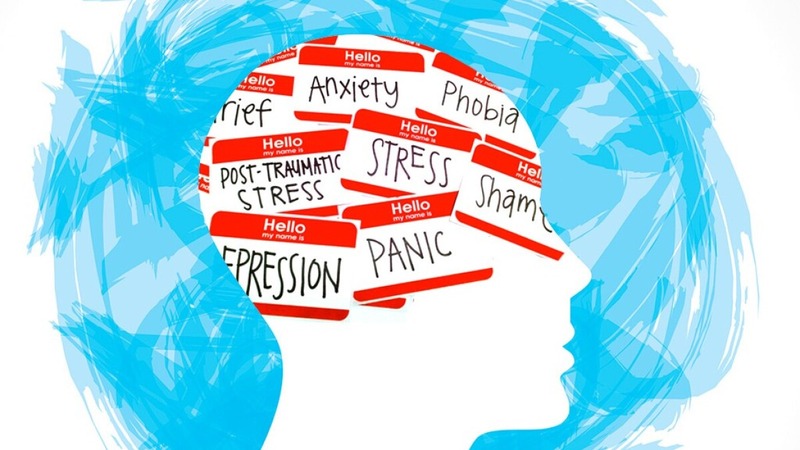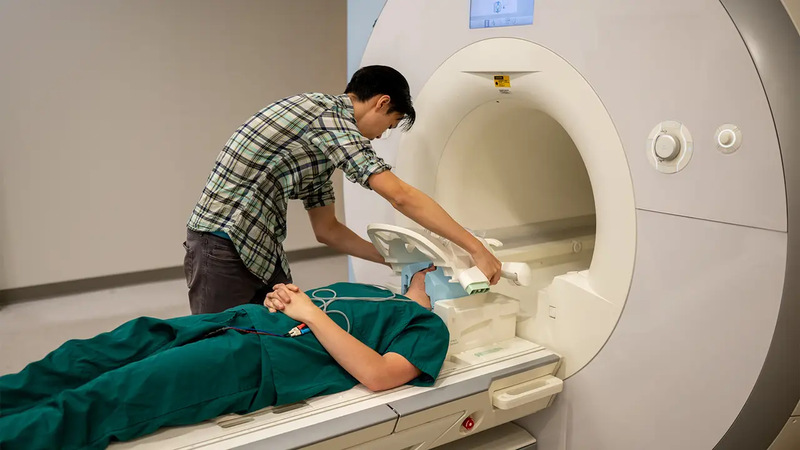A complex and remarkable organ, the human brain comprises a mosaic of variations. These brain variations critically shape our mental landscape. They dictate how we perceive and respond to our environment. Pivoting our comprehension of mental health advances requires an understanding. It’s an intricate relationship exists between these natural deviations within normal physiology, a key factor in understanding mental disorders. In this exploration, we will delve into the subtle nuances that underscore and manifest various mental disorders as well as the diverse architecture of the brain.
Mapping the Terrain - Brain Variations Unveiled
The unique structure of each individual's brain forms the core of mental health. Scientists, leveraging recent advancements in neuroimaging technologies, map this intricate brain terrain and uncover a myriad of variations. These range from differences in size to connectivity and activity levels among diverse regions. Significantly variable, notably the prefrontal cortex which is the command center for decision-making and emotional regulation.
This brain region's variation sheds light on individual differences in their ability to regulate emotions and make sound judgments. The hippocampus is a critical player in memory formation and learning processes. It also exhibits diverse patterns beyond just being responsible for these functions. It may indeed influence susceptibility toward cognitive disorders.
Recent studies dive deeper into the labyrinth of brain variations, accentuating neuroplasticity's role. It’s a term that denotes the brain's capacity to reorganize itself. Environmental stimuli and experiences influence neuroplastic changes. These contribute directly to observed individuality within brain structures. The mental health complexity is underscored further by this intricate dance between genetic predispositions and environmental influences. Our understanding expands when we recognize the dynamic nature of brain variations, which emphasizes that mental health isn't solely predetermined. Instead, it is shaped through a continuous interplay with internal and external factors.
- Neuroplasticity Dynamics: The brain's adaptability, known as neuroplasticity, adds a layer of complexity to variations, highlighting the ongoing impact of experiences on mental health outcomes.
- Functional Implications: Variations in the prefrontal cortex and hippocampus not only signify structural differences but also have functional implications, influencing cognitive processes and emotional regulation.
The Kaleidoscope of Mental Disorders - A Multifaceted Perspective
The brain's intricate variations root mental disorders, which present diverse symptoms. This section examines the association of conditions like anxiety, depression, schizophrenia, and bipolar disorder among others with specific patterns in brain architecture. We decipher these patterns to reveal that hyperactivity in the amygdala, is the emotional center of our brains. It often correlates with anxiety disorders. Depressive disorders, in contrast, may establish a link with hippocampus alterations that disrupt mood regulation and memory. Similarly, the complex symptomatology of schizophrenia exhibits connectivity disruptions between diverse brain regions. This contributes to the heterogeneity of the disorder.

Emerging research goes beyond these insights to suggest comorbidity, the co-occurrence of multiple mental disorders. This is a phenomenon that may be rooted in shared patterns of brain variations. The overlap in neural abnormalities across different disorders not only challenges traditional diagnostic boundaries but also urgently requires a more holistic understanding of mental health. By recognizing these shared patterns, we can revolutionize treatment approaches, fostering an approach grounded on a comprehensive perspective rather than mere symptom management.
- Neural Overlap and Comorbidity: Shared patterns in brain variations among different disorders provide insights into the often-observed comorbidity, guiding the development of more nuanced treatment strategies.
- Symptomatology Reflection: The distinct brain patterns associated with each disorder offer a neural reflection of the varied symptoms experienced by individuals, contributing to a more refined diagnosis.
Cracking the Code - Unraveling Underlying Factors
Delving deeper, we scrutinize the integral factors such as genetic predispositions, early-life experiences, and environmental stressors that contribute to mental disorders' emergence within brain-architecture frameworks. These elements play pivotal roles in shaping the brain's structure. Furthermore, recent studies have revealed epigenetics' impact. Changes in gene expression without DNA sequence alterations directly affect variations within brains. Epigenetic modifications actively mediate the interface between genetics and environmental influences. They determine whether genes associated with mental health are silenced or activated.
The gut-brain axis, a bidirectional communication system between the gut and brain, emerges as an essential player in mental health. Microbial diversity within the gut microbiome influences the production of neurotransmitters, thus impacting brain function. It also regulates immune system function. Comprehending these multifaceted factors contributes to understanding mental health conditions at their core, a more holistic approach that truly deciphers the intricate web of causation underlying such conditions.
- Epigenetic Dynamics: Epigenetic influences on brain architecture highlight the dynamic interplay between genetic predispositions and environmental factors, offering new avenues for targeted interventions.
- Gut-Brain Axis Impact: Recognizing the influence of the gut microbiome on brain function underscores the importance of a comprehensive understanding of mental health, integrating both genetic and environmental considerations.
Towards Precision Medicine - Tailoring Interventions to Brain Variations
The evolving understanding of the relationship between brain variations and mental disorders enhances the potential for targeted, personalized interventions. This prompts an exploration into precision medicine, a burgeoning field where treatments are tailored to individual brain structures and functional variations. Further integrating advanced neuroimaging techniques, specifically functional MRI (fMRI) and diffusion tensor imaging (DTI), permits a finer characterization of each person's unique brain architecture. Identifying specific biomarkers associated with diverse mental disorders. These techniques facilitate such a task, paving the path for personalized diagnostic tools and treatment plans.

The advent of neuromodulation techniques, including transcranial magnetic stimulation (TMS) and deep brain stimulation (DBS), offers promising direct targeting capabilities for aberrant brain circuits linked with mental disorders. These interventions modulate neuronal activity to provide a level of precision previously uncharted in mental health care, marking a paradigm shift towards precision medicine. This approach emphasizes not just symptom relief but also addresses underlying neural imbalances for sustained well-being, an evolution in our understanding and treatment methodologies.
- Neuroimaging Advancements: The integration of advanced neuroimaging techniques enhances diagnostic precision, enabling the identification of specific brain biomarkers associated with mental disorders.
- Neuromodulation Potential: Neuromodulation techniques represent a frontier in treatment, offering targeted interventions to correct aberrant brain circuits and reshape neural function for long-term mental health.
Conclusion
Conclusively, unlocking the mysteries of multiple forms of mental disorders hinges on understanding intricate brain variations. We map the diverse terrain of the brain, unravel its underlying factors, and explore precision interventions in our journey through neuroscience's nexus with mental health. This provides a roadmap for future research and clinical practices. With each delve into human brain complexities, we draw closer to revolutionizing our approach to treating mental health conditions through comprehensive understanding.







